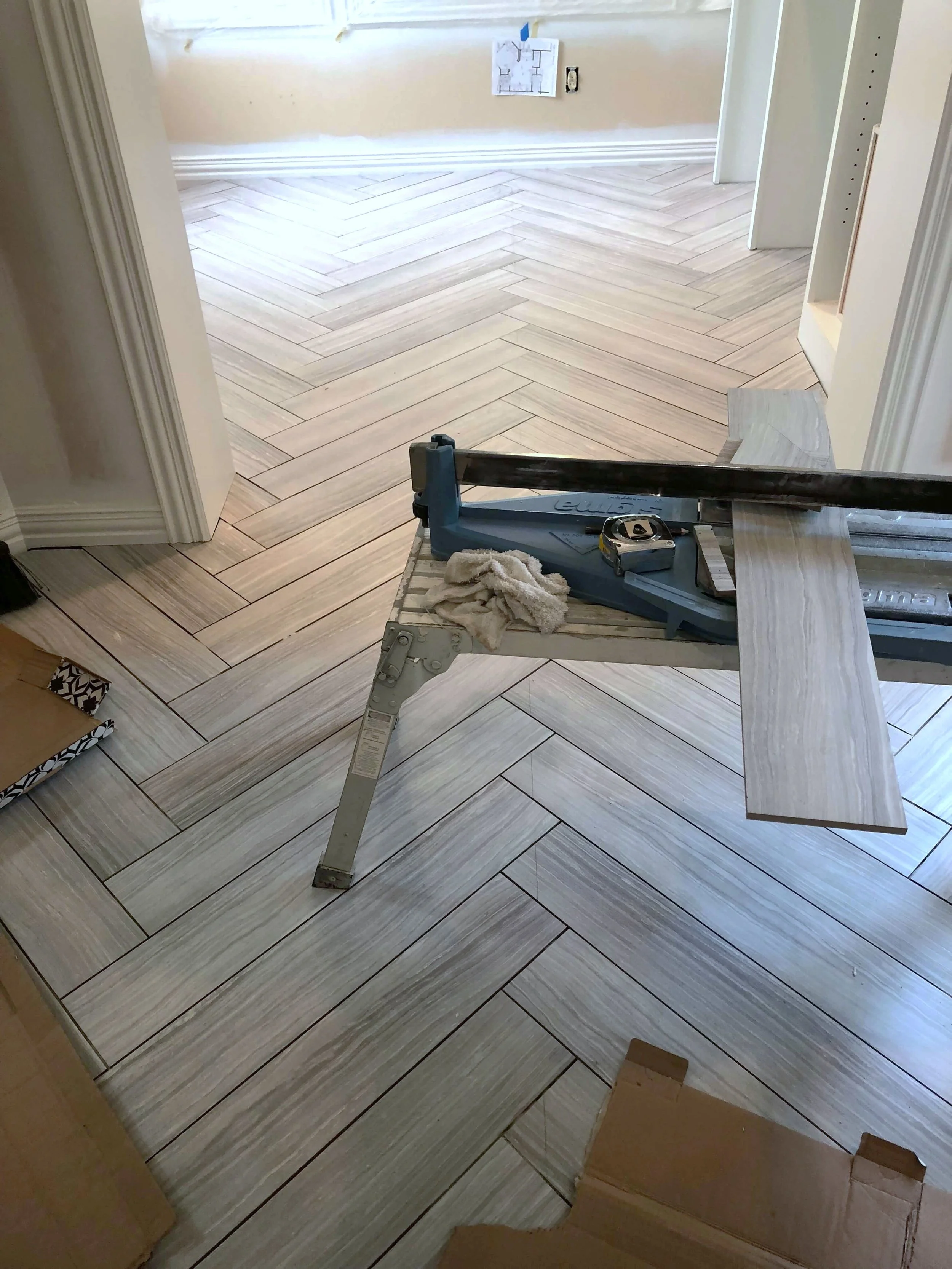Revitalizing Spaces: Home Floor Repair Essentials
Revitalizing Spaces: Essential Tips for Home Floor Repairs Maintaining the integrity and aesthetic appeal of…


Revitalizing Spaces: Essential Tips for Home Floor Repairs
Maintaining the integrity and aesthetic appeal of your home’s flooring is crucial for a comfortable and visually pleasing living space. From minor scratches to more significant damages, home floor repairs are an essential aspect of homeownership. Here, we explore key tips to revitalize your floors and breathe new life into your home.
Assessment and Identification: Understanding the Scope of Damage
The first step in any successful home floor repair project is a thorough assessment. Identify the type and extent of damage, whether it’s scratches on hardwood, cracks in tiles, or worn-out carpet areas. Understanding the nature of the damage helps in selecting the right repair approach and materials.
DIY Solutions for Minor Issues: Navigating Small Repairs
For minor scratches, dents, or small damages, many homeowners can opt for DIY solutions. Various kits and products are available for repairing different types of flooring. Whether it’s using wood fillers for hardwood or adhesive patches for tiles, these DIY solutions can be cost-effective and relatively simple for small-scale repairs.
Professional Intervention: Knowing When to Seek Expert Help
While minor repairs can often be handled independently, some issues may require professional expertise. Extensive water damage, large-scale cracks, or structural problems may need the intervention of flooring specialists. Knowing when to seek professional help is crucial to prevent further damage and ensure a long-lasting repair.
Matching Materials and Finishes: Seamless Integration
When undertaking home floor repairs, pay attention to matching materials and finishes. Whether you’re replacing a damaged section of hardwood, tiles, or carpet, ensuring a seamless integration is essential for a cohesive look. Matching not only in color but also in texture and finish helps maintain the visual harmony of the entire floor.
Addressing Subfloor Issues: Strengthening the Foundation
Sometimes, the visible damage on the surface may be a symptom of underlying subfloor issues. Before proceeding with repairs, especially for hardwood or laminate flooring, it’s essential to assess and address any subfloor problems. Reinforcing the foundation ensures the longevity of the repair and prevents recurrent issues.
Exploring Flooring Alternatives: A Chance for a Refresh
Home floor repairs also present an opportunity to explore new flooring alternatives. If the damage is extensive, or if you’re looking for a fresh aesthetic, consider upgrading your flooring. Explore new materials, styles, and trends to not only repair but also rejuvenate the entire space.
Preventive Measures: Safeguarding Against Future Damage
Once the repairs are complete, focus on preventive measures to safeguard against future damage. Use rugs or mats in high-traffic areas, apply protective coatings on hardwood, and implement proper cleaning and maintenance routines. Taking proactive steps ensures the longevity of your flooring investment.
Budgeting for Repairs: Finding a Balance
Home floor repairs come with associated costs, whether it’s for materials or professional services. Budgeting for repairs is essential to find a balance between quality and affordability. Explore cost-effective solutions without compromising on the durability and visual appeal of the repair.
In the pursuit of a well-maintained and visually pleasing home, floor repairs play a pivotal role. To explore more tips and resources for revitalizing your home floors, visit Home Floor Repairs. It’s a comprehensive guide to help you navigate through the essential aspects of floor maintenance and repair, ensuring your home remains a comfortable and aesthetically pleasing space.








